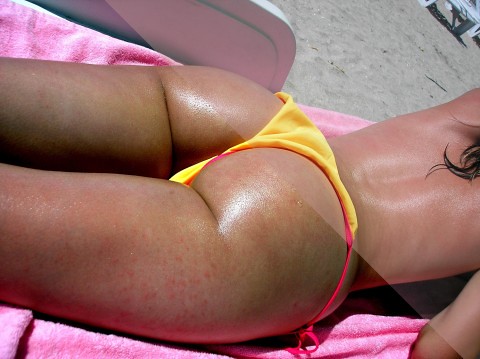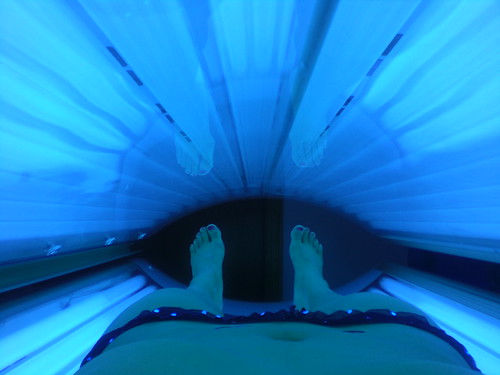Skin Cancer is one of the most common types of cancer with about one in five Americans being affected each year. The incidence of the cancer of the skin has been recorded to have risen over the years with the increase in the level of risk factor and carcinogens in the environment.
Though there are three common form of skin cancer; the Basal cell carcinoma, Squamous cell carcinoma and Melanoma, the first two are not very serious and can be treated and cured easily. The third type, Melanoma, the cancer of the melanocyte is the most severe of the lot and causes the most number of skin cancer associated death around the world.
What are the main causes of Skin Cancer?

.Exposure to sun
The number one cause of skin cancer is the over exposure to the Ultra Violet rays of the sun or any other sources. The time of exposure, the intensity of the UV rays and whether or not the skin was protected (with clothes or anti sun creams) all decides the chance of getting skin cancer in the long run.
.White skin
White skinned people are more prone to cancer of the skin than the darker skinned ones, and the difference comes due to the level of naturally occurring sun protecting pigment in the skin; melanin. Melanin pigment which is high in dark skin protects it from the harmful rays of the sun thus saving it from cancer. But dark skinned men too, do have a chance of the disease though comparatively less.
.Exposure to carcinogen
Certain chemicals like arsenic, tar, nicotine and oil are found to elevate the change of getting skin cancer. Though these come under skin carcinogen, only long term exposure is found to trigger the disease in many cases.
.Family history'
The genetic makeup and the family history can also contribute to the occurrence of skin cancer. Having someone in the family affected with skin cancer increases the chance of getting the disease.
Besides all these risk factors, there are still many factors that might cause skin cancer or elevate the chance of it.
How can skin cancer be treated?
There are a number of approaches to treat skin cancer depending on the severity of the disease and where it has affected. Early and proper diagnosis of the disease helps to treat it better and more effectively. The different approach towards effective treatment includes
.Surgery
Non melanomas cancer or tumour can be completely removed by different surgical approaches being followed today. Cryosurgery, simple excision, dermabrasion, laser surgery are among the surgical techniques that effectively removes the cancerous skin tissue.
.Chemotherapy
Inter venal or oral chemotherapeutic treatment targeted specifically on the cancerous cells can treat the cancer by either killing the cells or arresting their cell division capability. Cancer of the skin is also sometimes treated by applying the chemotherapeutic medicine on the affected skin in the form or creams or ointments.
.Radiation Therapy
The two forms, external or the internal radiation therapy may be used for the treatment depending on the type of cancer. Depending on the type of skin cancer and how much it had advanced, either form of the therapy is chosen.
.Photodynamic therapy
This is a more novel method to treat cancer and has little effect on the normal healthy tissue. Here photoactive drugs are given to the patient and these drugs specifically bind to the skin cells which are cancerous. When laser light is shone on the patients affected areas, the drug becomes active and kills off the diseased cells leaving of the normal cells.
What are the effects of Skin cancer treatment?
Different approaches towards the treatment of skin cancer have proven to be very effective in removing the tumour and controlling the cancerous growth. But as in every other cancer treatment, these treatment too comes with a few side effects.
Surgical removal of the cancerous tissue in the skin can result in a lifelong scar on the body. and sometimes even an expert surgeon cannot assure a cent percent zero scar removal of the cancer.
Chemotherapeutic treatment using creams and ointments can cause inflammation in the area of application. The inflammations caused in some people are so severe that they might have to discontinue the medication and switch to other treatment scheme. Chemotherapy can also cause nausea, vomiting and hair loss in the patients undergoing the treatment.
But after all the patent will be in gain undergoing the right cancer treatment on time, coz it will get rid of the most serious problem of all 'Cancer', set aside the smaller side effects coming with it.







